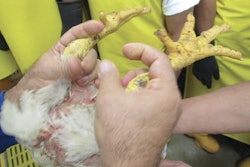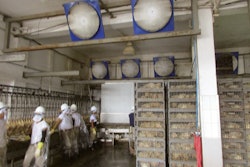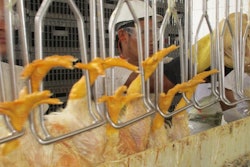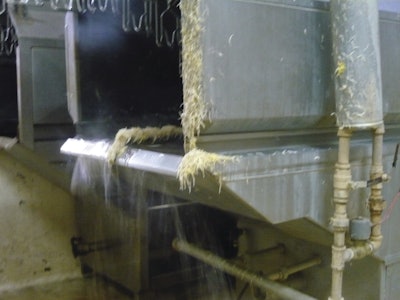
The COVID-19 pandemic has changed the environment in which we work, forcing us find solutions to succeed in this new reality.
To thrive in this new world, poultry processors need to understand how economies have changed, ensure that their product offering responds to this change and have the right people and skills to flourish in this new world.
The situation in which we now find ourselves was characterized some years as the “VUCA World.” The VUCA world is characterized by the following:
- Volatility – one day you may be on top the world, the next in the depths of the ocean;
- Uncertainty – working patterns once prohibited changes in activity, with particular professions held in high regard. Now, work environments are more open, and younger generations have developed their own working methods;
- Complexity – the world is becoming ever-more complex;
- Ambiguity – clarity is rare and instructions may be ill-defined.
To successfully operate in this changed world, companies must be able to respond quickly to new circumstances, anticipating what may be around the corner.
Perhaps illustrative of these changing and complex times, in some countries sales of chicken meat have fallen during the pandemic, despite the meat’s known health benefits. This has resulted in plants processing fewer birds and maintaining the lowest possible inventories.
With this in mind, rather than focus on innovation, poultry processors may want to look at new ways of cutting costs and saving money.
Review with new eyes
As a starting point, a processor will need to review its physical and operational infrastructure, and this may include, for example, whether the best use of natural resources is being made.
A broader change in perspective, however, may be beneficial for the company, and this could be something that is best achieved through the eyes of millennials.
This generation grew up with computers, tablets and smartphones as toys, giving them a natural dexterity with technology.
In the workplace, this group is multifaceted, adapting easily to change. Millennials love challenges and working on innovative projects. They look for practical solutions and can access multidisciplinary groups through social networks. For Millennials, innovation is only a click away.
Millennials tend to be neither dependent or independent, rather, they are interdependent, working with others for success and improving results for the whole company.
Points to consider
There are a number of areas where this new way of thinking might be put into practice, for example in water consumption.
Water is essential for scalders, chillers and ice production but is too often wasted.
Scalders, or example, are filled with water at the start of a shift but need to be topped up as the shift progresses. Where there are standards for the amount of water per bird in the scalder, waste still occurs, increasing water use.
Too much turbulence, for example, may lead to water being lost, drainage valves may not close properly, or tank joints might leak.
There may be a failure to properly monitor the volumes of additional water added during the shift. Too little water in the scalders can lead to problems during plucking, resulting in staff mistakenly adjusting the plucking machines.
During breaks, workers may leave valves open, again, leading to waste.
A solution to this could be to install digital controls, with warning lights or alarms, that automatically close valves should the overhead conveyor stop moving,
Chillers
The pre-chiller and chiller are usually half filled with water, leaving room for the addition of ice. Both need to be closely monitored and carcasses need to pass through them fully submerged.
Without full immersion and careful control of water and ice, an even temperature on chiller exit is hard to achieve.
In many plants, the ice that is added to chillers is wasted. For example, if ice storage areas are not airtight, ice will melt. If ice transport systems are poor, it will be lost. On occasion, more ice than is needed is produced.
A way of better regulating chillers and use of ice can be to install thermically isolated modules over the chillers to help prevent ice wastage and to improve carcass temperature uniformity.
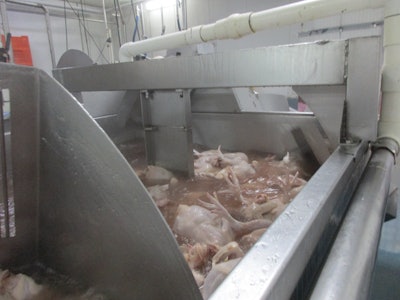
If carcasses are not fully submerged in water during chilling it can be difficult to reduce their temperature uniformly. | Eduardo Cervantes López
Team working
Working together can be beneficial for all parties and a good example of this approach can be found in retail corporation Walmart.
To keep prices low, the company asked its suppliers to reduce their prices and worked with them to see where money could be saved. Examples of savings included changing the dimensions and thickness of some carboard boxes, or changing to alternative materials, making greater use of plastics, for example.
Another example of collaborative working could be bulk ordering. Where processors operate at multiple locations or in various countries, materials could be ordered in bulk from one supplier and distributed. Grateful for such a large order, a supplier may be willing to offer a significant discount.

